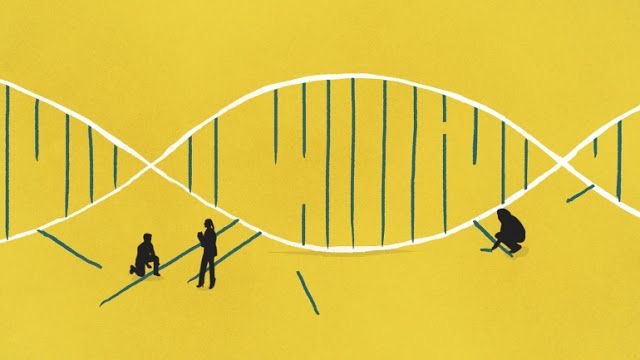


This technology, with its capacity to detect and measure minute amounts of nucleic acids in a wide range of samples and its combination of simplicity, speed, sensitivity, and specificity in a homogeneous assay, has been widely used in life sciences, agriculture, and medicine, as well as in molecular diagnostics including microbial quantification, gene dosage determination, identification of transgenes in genetically modified foods, risk assessment of cancer recurrence, and forensic applications. The advent of fluorescence-based quantitative real-time PCR (qPCR) has revolutionized the field of quantifying gene expression. By measuring gene expression, it is possible to assess an individual’s state of health and to monitor how one responds to medication, treatment, and altered living conditions. Gene expression reflects both the genetic predisposition and the physiologic condition of an individual. This work was also supported in part by The University of Chicago Core Facility Subsidy grant from the National Center for Advancing Translational Sciences (NCATS) of the National Institutes of Health through Grant UL1 TR000430.Ĭompeting interests: The authors have declared that no competing interests exist. This is an open access article distributed under the terms of the Creative Commons Attribution License, which permits unrestricted use, distribution, and reproduction in any medium, provided the original author and source are creditedĭata Availability: All relevant data are within the paper and its Supporting Information files.įunding: The reported work was supported in part by research grants from the National Institutes of Health (AT004418, AR50142, AR054381 to TCH, RCH and HHL), and the National Natural Science Foundation of China (NSFC Grant # 81371452 81271770 to LJ). Received: Accepted: JPublished: July 14, 2015Ĭopyright: © 2015 Zhang et al. PLoS ONE 10(7):Įditor: Guo-Chang Fan, University of Cincinnati, College of Medicine, UNITED STATES (2015) TqPCR: A Touchdown qPCR Assay with Significantly Improved Detection Sensitivity and Amplification Efficiency of SYBR Green qPCR. Overall, TqPCR should be advantageous over conventional qPCR in expression quantification, especially when the transcripts of interest are lowly expressed, and/or the availability of total RNA is highly restricted or limited.Ĭitation: Zhang Q, Wang J, Deng F, Yan Z, Xia Y, Wang Z, et al. Taken together, our results strongly suggest that TqPCR may increase detection sensitivity and PCR amplification efficiency. Finally, we demonstrate that the MRQ2 and MRQ3 primer pairs derived from mouse reference gene Tbp can be used to validate the RNA/cDNA integrity of qPCR samples. When the quantification of Wnt3A-induced target gene expression in mesenchymal stem cells is analyzed, we find that, while both conventional qPCR and TqPCR can detect the up-regulation of the relatively abundant target Axin2, only TqPCR can detect the up-regulation of the lowly-expressed targets Oct4 and Gbx2. We further find that TqPCR can improve PCR amplification efficiency and thus increase detection sensitivity. Using the same cDNA templates, we find that TqPCR can reduce the average Cq values for Gapdh, Rps13, and Hprt1 reference genes by 4.45, 5.47, and 4.94 cycles, respectively, when compared with conventional qPCR the overall average Cq value reduction for the three reference genes together is 4.95. Here, we develop a novel and effective touchdown qPCR (TqPCR) protocol by incorporating a 4-cycle touchdown stage prior to the quantification amplification stage. While SYBR Green-based qPCR is the most commonly-used platform due to its inexpensive nature and robust chemistry, quantifying the expression of genes with low abundance or RNA samples extracted from highly restricted or limited sources can be challenging because the detection sensitivity of SYBR Green-based qPCR is limited. The advent of fluorescence-based quantitative real-time PCR (qPCR) has revolutionized the quantification of gene expression analysis in many fields, including life sciences, agriculture, forensic science, molecular diagnostics, and medicine.


 0 kommentar(er)
0 kommentar(er)
